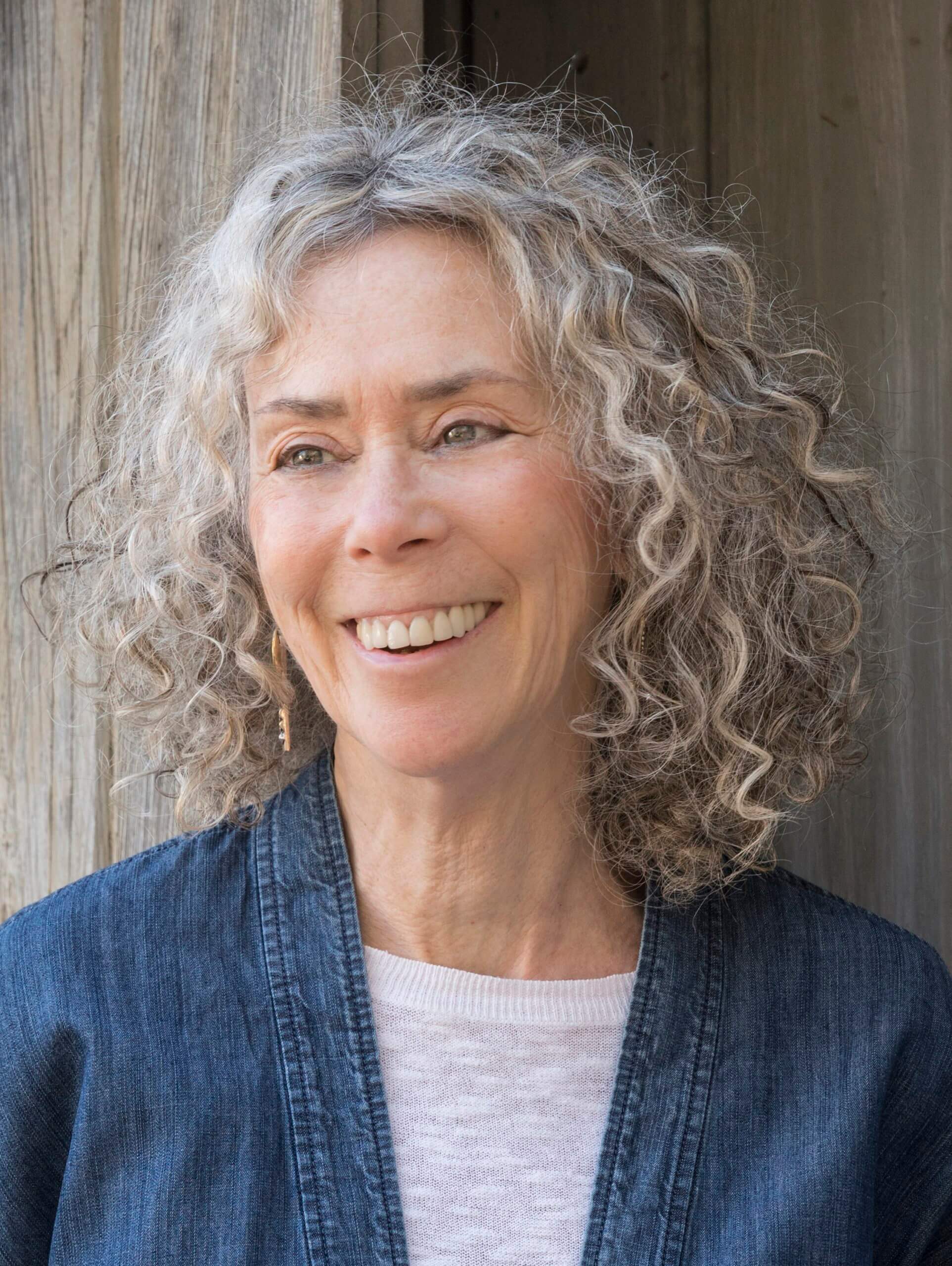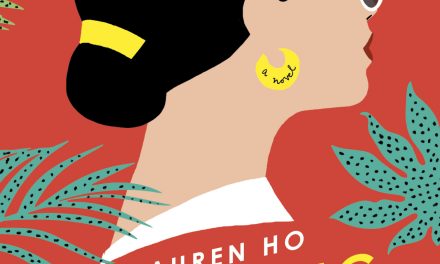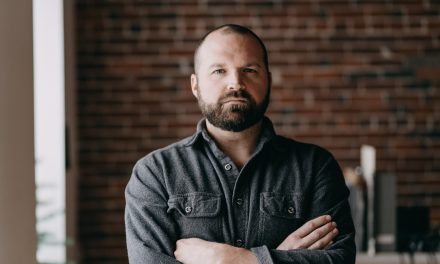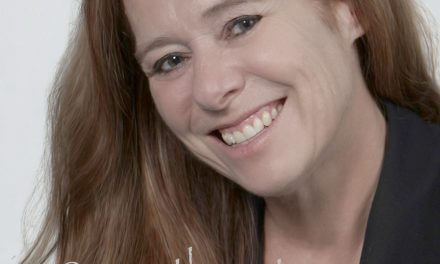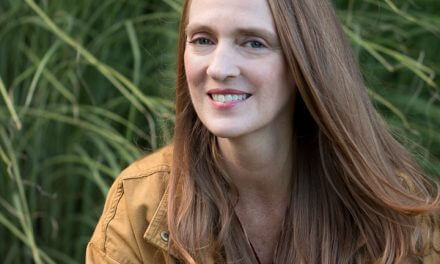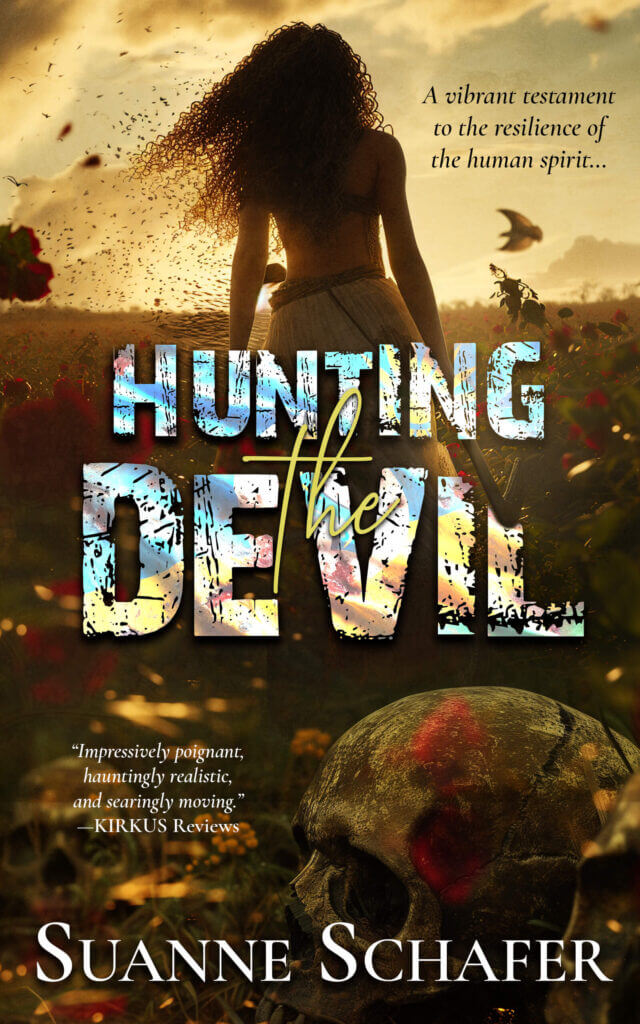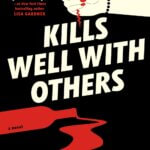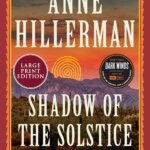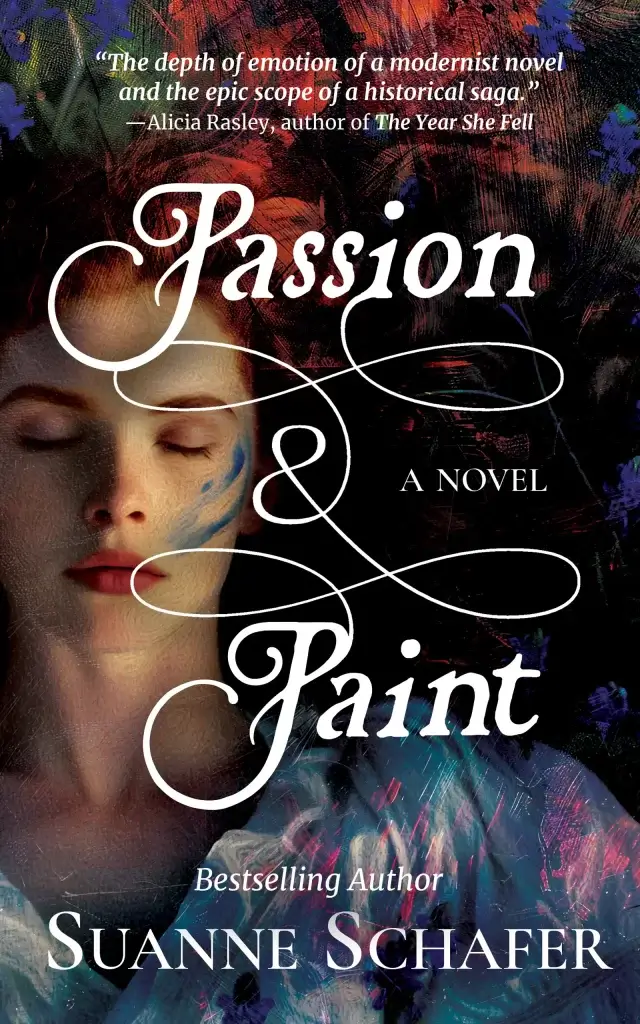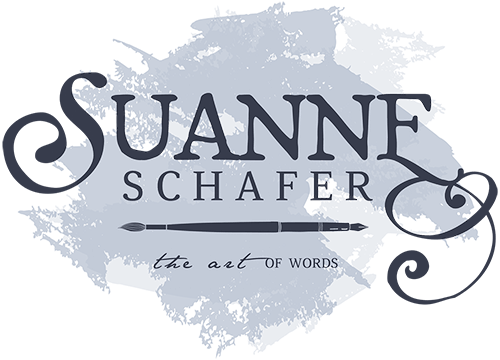Barbara Linn Probst is a writer of both fiction and non-fiction, living on an historic dirt road in New York’s Hudson Valley. Her debut novel Queen of the Owls (April 2020) is the powerful story of a woman’s search for wholeness, framed around the art and life of iconic American painter Georgia O’Keeffe. Queen of the Owls was selected as one of the 20 most anticipated books of 2020 by Working Mother, one of the best Spring fiction books by Parade Magazine, and a debut novel “too good to ignore” by Bustle. It was also featured in lists compiled by Pop Sugar and Entertainment Weekly, among others, and featured in Ms. Magazine. It won the bronze medal for popular fiction from the Independent Publishers Association, placed first runner-up in general fiction for the Eric Hoffer Award, and was short-listed for both the First Horizon and the $2500 Grand Prize.
Barbara’s second book, The Sound Between the Notes, launches in April 2021. Kirkus Reviews has called the book “a sensitive, astute exploration of artistic passion, family, and perseverance.” Dubbed “a breathtaking emotional journey” impossible to put down, The Sound Between the Notes explores timeless questions of identity and belonging through the unique perspective of a musician.
Barbara has a PhD in clinical social work and is the author of the ground-breaking escribbook for parents of out-of-the-box kids, When the Labels Don’t Fit. An out-of-the-box child herself, Barbara is a former therapist, researcher, teacher, advocate, and traveler to odd places, as well as a “serious amateur” pianist.
SS: Barbara, can you share a bit about your background?
BLP: I’ve had quite a zigzag life! I’ve been a therapist, researcher, college professor, elementary school teacher, director of a nonprofit agency, advocate for “outside-the-box” kids, and full-time mom. I’ve lived in a former firehouse, former sauna, former jail, and a cabin in the redwoods without heat. I’ve also traveled widely, from Iceland to Israel, Scotland to Spain, and have spent chunks of time in Italy, Egypt, Costa Rica, Turkey, France, and along the backpacking trails of the U.S. and Canada. Each of the things I’ve done has helped make me who I am and contributed to my writing.
SS: Have you always been driven to write? Or did you begin writing in response to a particular stimulus? What in your childhood contributed to you becoming a writer?
BLP: I remember writing my first “book” when I was seven years old, complete with illustrations, of course. I don’t think there was ever a time in my life when I wasn’t writing, whether it was an endless teenage journal, poetry, short stories, or scholarly articles. Before I turned to fiction, I published two non-fiction books, one for parents and the other for clinical social workers (my former profession). I think it’s part of my essence—no surprise, since my mother published three books of essays on aging when she was in her eighties!
SS: Regardless of genre, what are the elements that you think make a great novel? Do you consciously ensure all of these are in place?
BLP: To me, the most important element of any novel is the protagonist. If she isn’t someone you’re interested in, you won’t want to follow her story. There are different ways that a protagonist can be compelling—she can feel “real” or be intriguing precisely because she’s like no one you’ve ever met!
Next, there needs to be a varied and interesting cast of secondary characters who populate the protagonist’s world. Through them, she sees herself, is challenged, chooses, acts, changes.
A great story must also have stakes—exterior, interior, or both. That is, there has to be a credible reason the protagonist can’t just walk away but must stay to face whatever the author has put before her.
To me, a great novel must also address a fundamental question about what it means to be human. There’s nothing wrong with books whose aim is to thrill or entertain the reader. To me, however, they are not “great books.”
SS: Do your books carry a message? If so, what would you say it is?
BLP: Absolutely! It’s that the way to the sense of wholeness that we long for is by embracing whatever part of ourselves we may have neglected, feared, avoided, or denied.
For Susannah, the protagonist of The Sound Between the Notes—a pianist who was adopted as an infant—this “wholeness” has to do with accepting and integrating nature and nurture.
SS: At what point did you come up with the title? Did your publisher change it?
BLP: I’ve often thought that coming up with the right title is harder than writing the actual book! I’ve struggled and struggled with the title for each of my books, and each has had several. The Sound Between the Notes was almost called The Sound of One Hand. That was the prior title, one I settled on after endless, endless hair-pulling. It referred to the well-known Zen koan (“What is the sound of one hand clapping?”) which, to me, had many relevant overtones for the story. Then the publisher decided that she didn’t think it worked—so there I was, back to hair-pulling! And then the new title came to me in a flash. It’s so much better! (There’s a famous quote from Mozart, by the say, that the music is not in the notes but in the silence between them. Here, I wanted to say something a little different: that there is another “sound” that one has to listen for, very attentively.)
SS: Can you share with us a bit about the moment when the idea for your novel first popped into your head? Did the idea come to you all at once, or did different pieces of the story come to you over time?
BLP: I think every story has multiple sources and sparks—in fact, I wrote a blog about that for Writer Unboxed—but I’ll share one of those moments.
In The Sound Between the Notes, the protagonist has an unexpected “second chance” at the musical career she thought she’d renounced forever. Then something else happens that’s equally unexpected—and cruelly timed—when Susannah discovers that she has a progressive hereditary disease that’s making her fingers bend and curl.
Though I’m only an amateur pianist, nowhere remotely close to Susannah’s level, I had a similar moment that was the seed of the story. I can remember it so vividly! I was standing at the bathroom sink, reaching for something in the cabinet, when I had a sensation of stiffening in my right hand. I had just recently begun work on a new piece and felt on the verge of a new level of musicality. I remember thinking, “No, it’s not fair! Not now, when I’ve just begun to love the piano in a new way.”
From that feeling, the story was born. (And whatever the sensation was in my right hand, it went away.)
SS: Could you say something about your relationship to your fictional characters? How autobiographical do you think your current work is?
BLP: While nothing in The Sound Between the Notes “really happened” to me, I drew on many elements from my own life. As noted above, I’m a serious amateur pianist—I’ve even played nearly all the classical pieces mentioned in the book—so the musical passages definitely came from direct experience. I’m also a mother by adoption, so I was able to draw on my firsthand experience to create the characters, including Susannah’s adoptive mother as well as her birth family.
SS: Was the decision of how to structure the novel obvious?
BLP: From the very beginning, it was clear that the story had to be told in dual timelines of past and present, since Susannah’s experience as a teenager and young adult, searching for her birth family, had to be shown in-scene for full dramatic effect. However, I approached that in different ways. In an early draft, I alternated chapters—a chapter from the past, then a chapter from the present—and labeled each by location. But that led to a kind of jerkiness or fragmentation of the story. I also realized that the “past” timeline was subordinate so it didn’t need to occupy equal space and could even fade away. So I switched to having sections, each consisting of several chapters in one or the other timeline, and labeled them simply “Then” and “Now.”
SS: A good ending should fix the shape and meaning of the whole novel. How did you make sure yours did exactly that?
BLP: I love this question, because I have a fondness for endings that remain a bit open—we don’t know for sure how life will be for the protagonist, going forward, although we do know that the story events have changed her forever. In The Sound Between the Notes, the final scene is a perfect bookend to the first. The story begins with the audition, when Susannah, the protagonist, is anxious about whether she can “have” something in the future that depends on the outcome of the piece she’s about to play. And it ends with her true concert, when she is fully in the present with her music and those she loves. There are still unanswered questions, but she herself is different. To me, that ending scene absolutely “fixes the shape and meaning” of all that has happened in the story.
SS: Over time, what would you say has improved significantly in your writing?
BLP: That’s a wonderful question, because I feel strongly that we need to keep improving, rather than simply repeating and “playing it safe.” For me, I’d say that there are two ways my writing has improved. One has to do with my sensitivity to character. I began with a tendency to make my protagonists somewhat brittle, angry, and defensive—thinking that I had to show a “before” that was different from the “after” in order to have a character arc. Luckily, I have a terrific mentor who kept pointing out to me that I needed to love my characters more—that the kindness and courage and generosity need to be there right from the start, though those traits will grow during the course of the story. I really do think I’ve changed in that regard! I try to find the humanity in every character, including the minor ones, so that they are all worthy of love and respect.
The other way I’ve improved is in the writing itself. I’d say that each book—although they are all lyrical—is cleaner than the one before. Early on, I had a tendency to say the same thing twice and use too many descriptors. I think my writing has gotten much more direct, and therefore stronger.
SS: How do you give back to the writing community?
BLP: I do monthly articles on various aspects of the craft of writing for Writer Unboxed and Writers in the Storm, two award-winning sites, as well as quarterly for Jane Friedman. That’s my way of sharing what I’ve learned with others, most of whom are people I will never meet. I also mentor new writers through the Women Fiction Writers Association.
SS: What are you working on now?
BLP: As you know from Queen of the Owls, my debut, I’ve developed a “brand” for my novels about how art helps to make us more fully human, more fully ourselves. The first book was framed by the art of painter Georgia O’Keeffe; in The Sound Between the Notes, it’s music and the piano. I’m working on a third novel that’s framed around the extraordinary art of glassblowing. I have to say that I’m really excited about it. And in case anyone wonders, I did have one glassblowing lesson, which I adored. I hope I can return at some point when the pandemic has abated. But I did get to watch and speak with a number of amazing glassblowers, so that was good too.
SS: What advice would you give to aspiring writers?
BLP: There is so much advice out there, but I think there are three essential principles that span genre, temperament, and the whole “plotter-versus-pantser” dichotomy (which I think is nonsense, by the way, since both are needed). Here are my three essential bits of advice:
First, have a really good story that you are burning to tell. Let the story lead. Listen to the characters, rather than to all the writing gurus.
Second (and this is the complement to the first principle), find a couple of really smart people whom you trust ,and listen well to what they have to tell you about your work. Be open, not defensive.
Third, read up. Read books that are really well written to see how the authors did it.
SS: What are some common traps for new authors?
BLP: I can’t speak for all authors, since I think it varies a lot by background and personality type, but I do think there are some common traps that we rarely talk about.
One has to do with expectations. Many of us can’t help dreaming big, and that’s okay. But know that they’re dreams. Right-sizing one’s expectations—without giving way to cynicism or depression—is an ongoing challenge.
Related to expectation management is the trap of obsessing about the attention that other authors are getting. Again, it’s hard not to feel jealous when someone else gets an award, a high-profile review, or a spot on a coveted “list.” As they used to say in grammar school, “Keep your eyes on your own paper.” The alternative will spoil your joy.
The inverse trap, when you’re the one getting the award or media hit, is becoming a praise junkie—because the praise will fade, as the next set of bright new books comes along to capture readers’ attention. Stay inner-directed, and don’t stop writing.
Finally, don’t fall into the trap of believing that your book’s ultimate place in the world will be determined in the first three months after it’s published. People might find your book years later—just when they need it most. I like to think of it this way: A book isn’t like a bottle of milk whose shelf life is a couple of weeks and then it’s useless. It’s more like a bottle of good wine that you can open and enjoy at any time!
********************
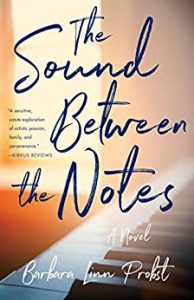
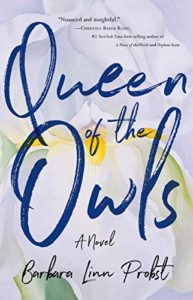
********************
An excerpt from The Sound Between the Notes:
Her music was for James now, and for Aaron. The Rondo Alla Turca, so three-year-old James could race around the room, jumping from cushion to cushion. Schubert’s G-flat major Impromptu, after she and Aaron made love. Her gifts to them, the best of herself. Yet James had never seen who she really was—had never seen her at a gleaming Steinway in a hall full of people, her long black dress falling in a graceful arc as she bent to accept wave after wave of applause.
I will give him that memory, she thought. A memory he’ll have for his whole life, of who his mother truly is.
Leo pushed to his feet, signaling that their time was up. Susannah rose too. “I’ll let you know how it goes with Dr. Chu,” she said. “I’m sure there’s something I can do, even at this stage.”
“I’ve told you my view, but I’ll let Evan take it from here.”
“Meaning: let him deal with me.”
“You want to be thorough. There’s nothing wrong with that.”
“My mother used to say I was determined. I think she was being polite. She really meant stubborn.”
Leo took her hand. His eyes were kind. “None of us knows what lies ahead, Susannah. Our genes have their secrets, to be revealed in due course. No sense fretting too much.”
“Easy for you to say. You aren’t playing the B-flat major sonata for fifteen hundred people.”
“Luckily for those people.”
Susannah laughed. “Thanks for getting Evan Chu to see me. I’ll keep you posted.” Then her voice dropped. “And I definitely intend to get my hopes up, no matter what you say. Someone has to be at the good end of the bell curve. Why not me?”
“Diseases like this are odd, aren’t they?” Leo tilted his head as he regarded her hand in his. “Their origins are long ago, in our ancestors. And their futures are already set, even though we can’t see them.”
“In other words, live in the present.”
“Never a bad idea.”
Yes and no, she thought. The future mattered.
After all these years, the past did too.
********************
You can follow Barbara on social media here:
Website | Facebook | Goodreads | Instagram
********************
This post contains Amazon Affiliate links. As an Amazon Associate I earn from qualifying purchases.
